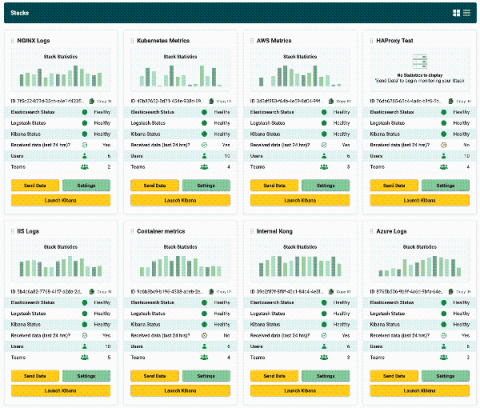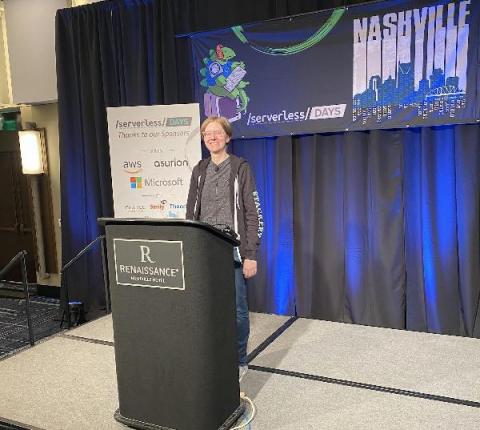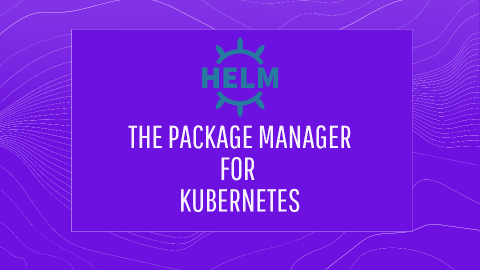Question the Current Dogma - Is Kubernetes Hyper-Scale Necessary for Everyone?
This article was originally published on The New Stack Kubernetes in 2020 has become synonymous with the term cloud native and is also often used as a vehicle for vendors and IT organizations alike to claim they are transforming or modernizing their workloads. But what are they actually transforming? What is Kubernetes itself actually providing?











